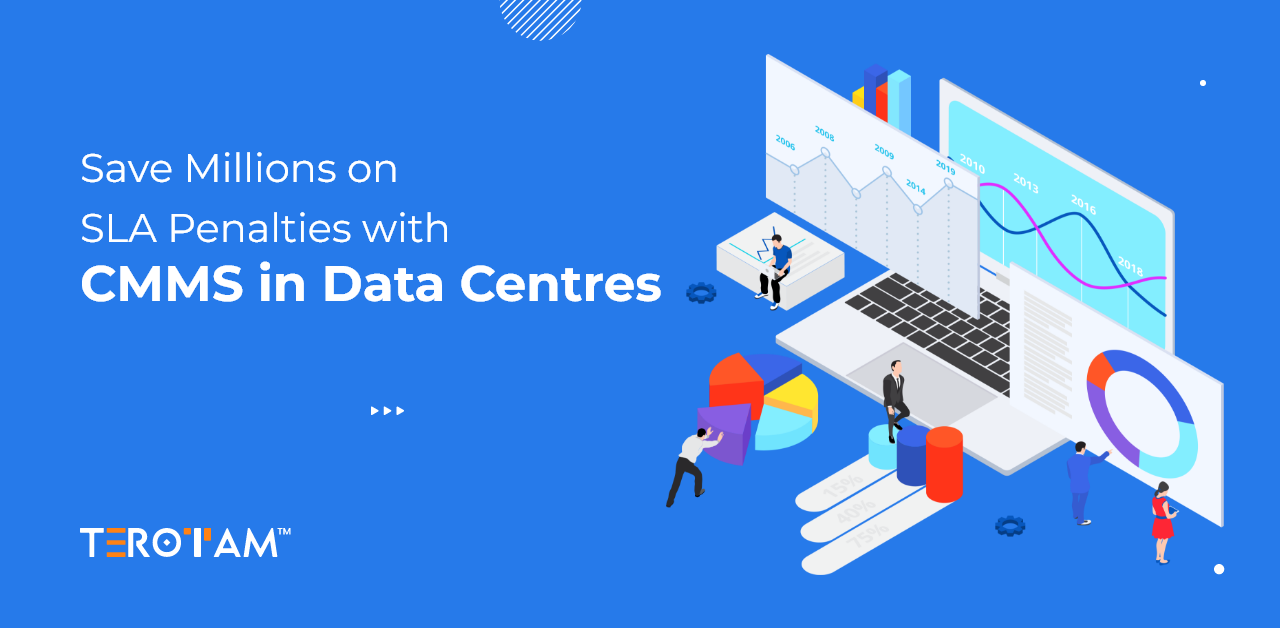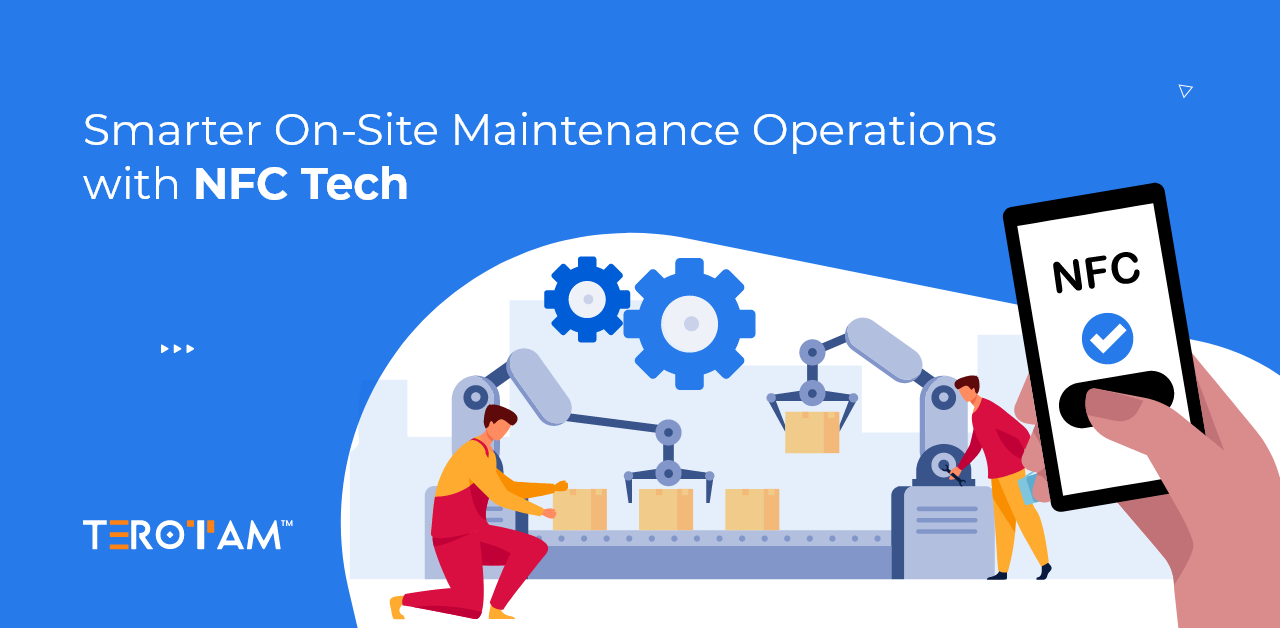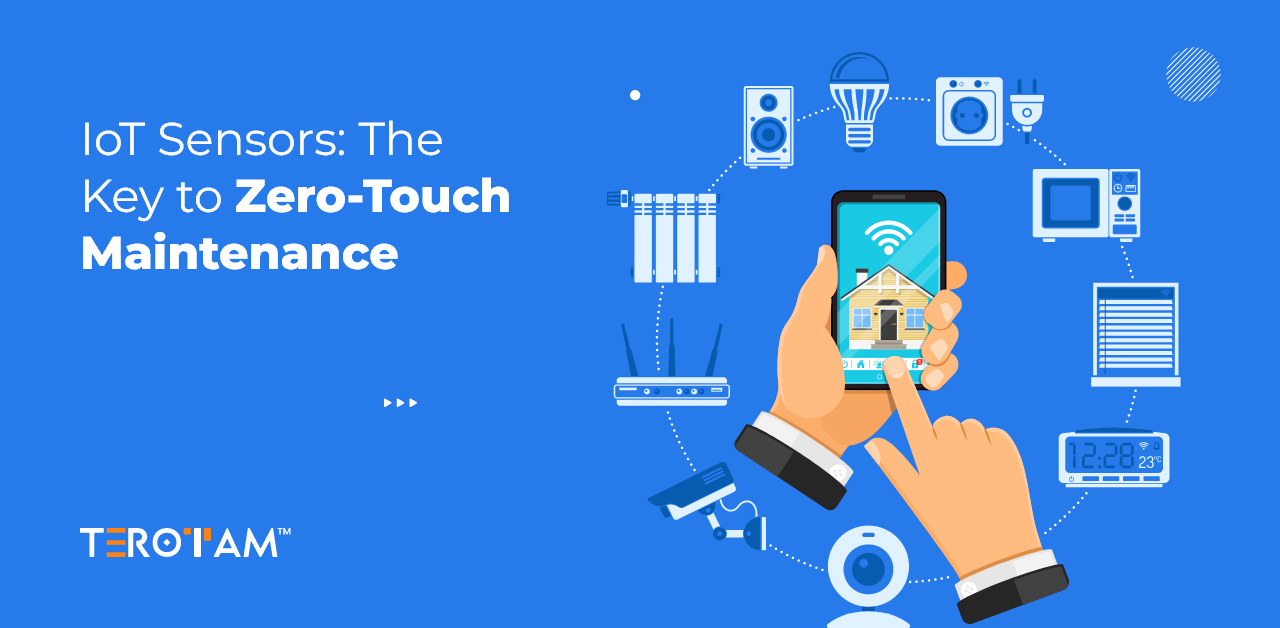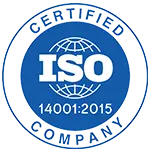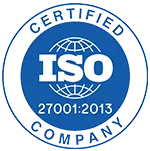When a data centre goes offline—even for a few minutes—the financial impact can be massive. We’re not just talking about lost service or reputation damage. Most data centres operate under strict Service Level Agreements (SLAs) that promise a certain level of uptime and performance. Breaking those terms often leads to penalties, credits, or even client loss.
The deeper issue is that these penalties often stem from small failures—missed maintenance windows, delayed technician response, or outdated asset logs. And that’s exactly where a Computerized Maintenance Management System (CMMS) can step in. A well-implemented CMMS can act like an operations safety net, catching potential failures before they spiral into SLA breaches.
In this blog, we’ll explore how CMMS helps data centres stay on top of maintenance, reduce service delays, and save millions in potential SLA-related penalties.
Why Do SLA Penalties Hit Data Centres Hard—and How Can They Be Avoided?
Data centres usually guarantee uptimes of 99.99% or more. That equates to just 52 minutes of allowable downtime in an entire year. Some even promise 99.999%—leaving no room for error. SLAs outline these expectations in black and white. They cover everything from network latency and power uptime to fault response times and equipment maintenance schedules.
Breaching even a single clause—like missing a maintenance check on a critical component—can trigger heavy fines or forced rebates. When one server rack supports multiple clients, the impact multiplies. And these penalties don’t just hurt financially—they erode trust.
That’s why maintenance is the silent pillar of SLA compliance. Data centres must ensure every UPS, cooling unit, switchgear, and fire suppression device performs as expected, every time. A CMMS gives maintenance teams the system they need to keep things on track—before it’s too late.
What Is a CMMS and Why Is It Critical for SLA Compliance?
A Computerized Maintenance Management System (CMMS) is software designed to manage maintenance activities across physical infrastructure. In a data centre, it tracks and automates work orders, schedules preventive maintenance, logs service history, and provides analytics for operational improvement.
Without a CMMS, maintenance teams often rely on spreadsheets, manual checklists, or siloed systems. This leads to missed tasks, poor documentation, and a reactive maintenance culture—where problems are fixed only after they happen.
A CMMS changes that by enforcing structure. It ensures maintenance tasks are timely, teams are accountable, and every SLA condition linked to maintenance is digitally monitored. From automated alerts to detailed compliance reporting, CMMS becomes the operational backbone that protects data centres from risk.
How Does CMMS Help Data Centres Avoid SLA Penalties?
SLA breaches typically come from patterns—missed checks, unresolved tickets, delayed actions, or incomplete documentation. A CMMS breaks those patterns early by enforcing discipline across teams, assets, and processes.
Let’s break down how a CMMS delivers value across five key operational areas.
1. Structured Preventive Maintenance for Zero Downtime Tolerance
A data centre’s reliability depends on the health of critical infrastructure like HVAC systems, UPS units, battery banks, and diesel generators. A missed preventive task can quietly degrade performance until a sudden failure brings the system down.
A CMMS allows you to:
- Auto-schedule preventive maintenance based on time, usage, or meter readings
- Assign recurring tasks directly to technicians based on roles and certifications
- Map maintenance windows to off-peak hours to avoid SLA-triggering downtime
- Set task priority based on asset criticality and service impact
- Review task completion with digital sign-offs, photos, and checklists
This ensures your assets don’t just stay active—they stay compliant with SLA-required service intervals.
2. Real-Time Alerts and SLA Breach Prevention Workflows
SLAs often require quick response to service-impacting events. But without real-time tracking, faults go unnoticed—or are noticed too late.
CMMS platforms offer real-time event monitoring linked to:
- Auto-triggered work orders when sensors detect anomalies (e.g. temperature spikes in server rooms)
- Tiered alerting systems with predefined escalation rules (technician > supervisor > ops manager)
- SLA threshold timers that count down response and resolution times
- Custom workflows to route tickets to internal teams or external vendors instantly
- Real-time dashboards showing issue age, status, and SLA breach probability
This structure ensures that teams act fast and consistently within SLA timeframes.
3. Maintenance Documentation for Audits, Reviews, and SLAs
In Service Level Agreements (SLAs) audits, showing proof is everything. Clients want to see logs that confirm maintenance was done on time, by qualified personnel, using the right SOPs.
With a CMMS, documentation becomes automated and accessible:
- Digital maintenance logs with technician signatures, start/end times, and asset data
- Work order history searchable by SLA clause, date range, or equipment type
- Audit trail for every action taken—including skipped or delayed tasks
- Custom export templates for client reporting and contract compliance
- Document uploads like test reports, SOP references, and safety sign-offs
Instead of searching for paper files or chasing down signatures, your data is always ready.
4. Condition-Based Maintenance Using IoT and Asset Intelli
Most CMMS platforms today can integrate with sensors and BMS (Building Management Systems) to trigger work orders based on actual equipment conditions. This is more efficient than calendar-based checks, especially in SLA-driven environments.
What this adds to your SLA strategy:
- Sensors monitor vibrations, temperature, humidity, voltage, or airflow
- Thresholds are pre-set to match OEM and SLA tolerances
- CMMS receives alerts and initiates service requests automatically
- Historical data helps predict future failures and optimize schedules
- Maintenance is done when needed—not too early, not too late
This optimises operational uptime without over-servicing or missing critical windows.
5. Field Execution Tracking and Technician Accountability
SLA violations often happen not because the task wasn’t assigned—but because it wasn’t completed correctly or in time. A CMMS gives full control over job execution.
Here’s how it improves task management:
- Technicians receive work orders on mobile apps with GPS and time stamps
- Checklists guide them through each step—ensuring consistency and quality
- Supervisors can monitor task progress in real time
- Missed deadlines are flagged with alerts and root cause capture
- Repeat issues are logged and analyzed for preventive action
With every task tracked, assigned, and verified, SLA deadlines don’t slip through unnoticed.
Best Practices to Maximize CMMS Results in Data Centres
Using a CMMS isn’t just about logging tasks—it’s about building a culture of reliability. Here are key practices to make your CMMS investment drive SLA savings:
- Align task templates with SLA terms – Map each preventive task to the SLA clause it supports
- Create asset groups by criticality – Prioritize equipment with SLA impact
- Define escalation workflows – Pre-build what happens if a task isn’t closed in time
- Integrate with IoT or SCADA systems – Let machines tell you when they need attention
- Automate reporting – Send weekly SLA reports to internal teams for early risk detection
- Train every technician – Ensure they understand not just how to use CMMS, but why it protects revenue
These steps make CMMS more than software—it becomes a proactive SLA management tool.
Conclusion
SLA penalties don’t come from one big mistake—they’re often the result of small delays, missing records, or inconsistent maintenance. That’s why having a system that ensures nothing gets missed can save data centres millions over time. A CMMS brings order, visibility, and speed to maintenance—right where it matters most.
If your facility is still juggling spreadsheets or depending on memory to track SLA-bound tasks, it’s time for a change. With a CMMS like TeroTAM, you can streamline maintenance, strengthen compliance, and secure your bottom line from avoidable penalties.Ready to safeguard your SLAs and eliminate costly gaps? Write to us at contact@terotam.com.


